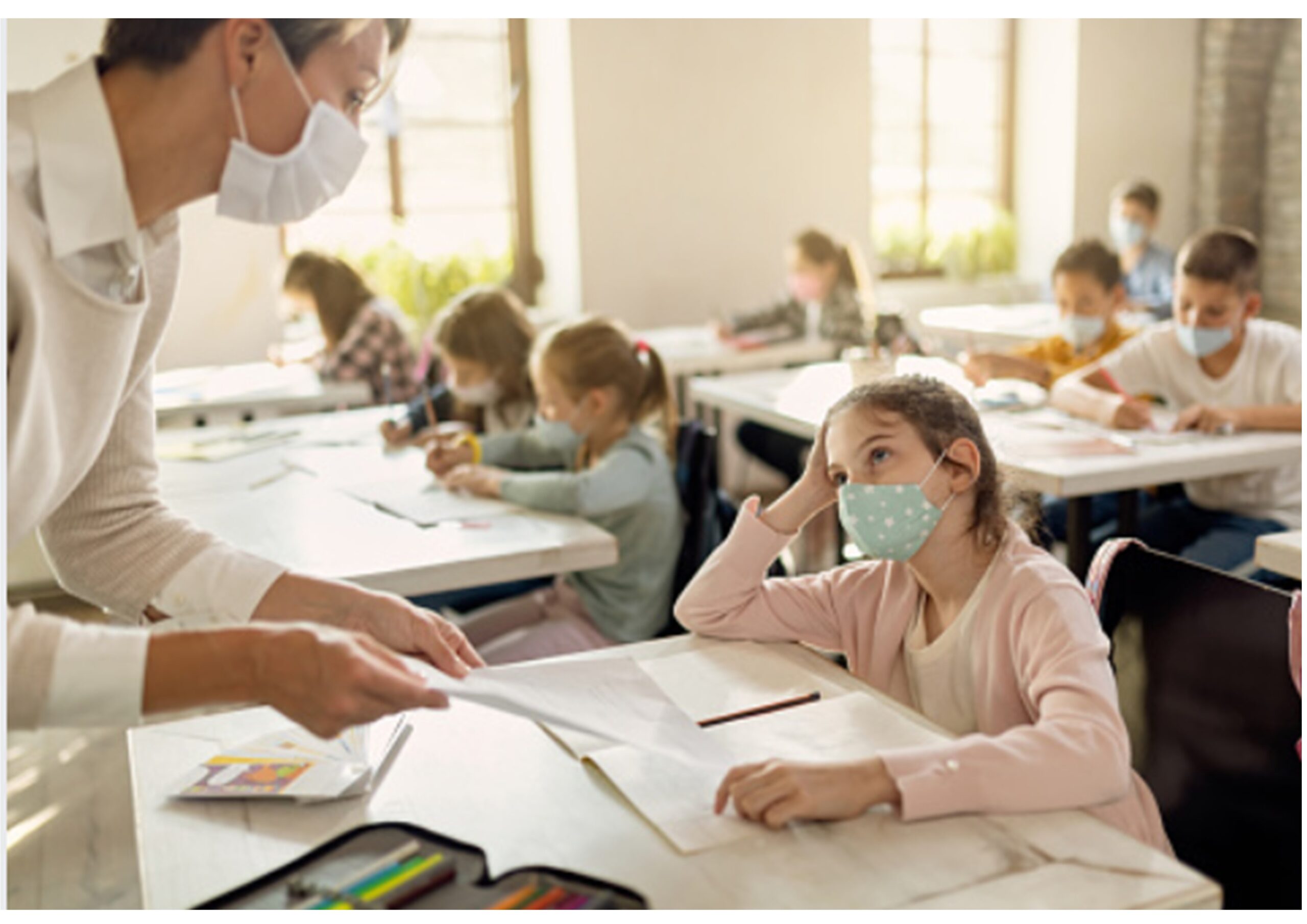On Monday, the new school year starts in Vienna, Lower Austria and Burgenland. One week later, it will also start in the other federal states. Below are some questions and answers about the Corona rules in the new school year.
Does my child have to take a Corona test in order to participate in the face-to-face classes?
For the first three weeks, absolutely. During this “safety period,” all children must test three times a week – regardless of whether they are vaccinated. One test per week must be a more conclusive PCR test. As a rule, one antigen and one PCR test is done on Monday – the first for immediate participation in class, the result of the latter should then be available on Tuesday. This is followed by another antigen test (“nose-pick test”) on Thursday. Regionally, testing can also be more sophisticated – Vienna, for example, has announced that it will test twice a week using the PCR method. As an alternative to the test at the school, an external test from an authorized testing center valid for the respective period can also be presented.
What happens after the safety phase?
The rules depend on the respective risk level: This is determined by federal state on the basis of the recommendations of the Corona Commission and is based on the risk-adjusted 7-day incidence (in addition to the infection figures, the number of tests, the detection rate, the symptomatology and dynamics of the infection occurrence are also included). If the incidence is below 100 (low risk), there is no mandatory testing for students, but they can test voluntarily. At an incidence between 100 and 199 (intermediate risk), unvaccinated students must test three times a week, one of which must be a PCR test. Vaccinated ones, on the other hand, do not have to test. Again, the test at school can also be replaced with an external test from an authorized agency. To put this in perspective, in calendar week 34 (Aug. 23-29), the risk-adjusted 7-day incidence ranged from 60.8 in Burgenland to 146.5 in Vienna, with Upper Austria and Salzburg also exceeding 100. In Vienna, it is already assumed that the regulations of the safety phase will continue to apply thereafter, given the incidence of infection.
Will there be a Ninja Passport again?
Yes, the tests will be entered in it. As in the summer semester, the passport entitles the holder to enter restaurants, for example – antigen tests are valid for 48 hours and PCR tests for 72 hours. The exception is Vienna, where antigen tests are only valid for 24 hours and PCR tests for 48 hours for gastronomy and other jobs from the age of twelve. For school attendance, the longer validity period remains in place.
What about the mask requirement?
During the safety phase, students must wear mouth-to-nose protection outside of class. After that, it again depends on the risk level: If the risk is low, no mask is needed; if the risk is medium, masks are again mandatory outside of class; if the risk is high (incidence of 200 or more), students from the ninth grade on must also wear mouth-nose protection in class. There are no differences depending on vaccination status.
What applies to teachers?
During the safety phase, they also test three times, regardless of vaccination status: however, three antigen tests per week are sufficient for vaccinated educators; unvaccinated educators need one PCR test in addition to two antigen tests. Antigen tests can be completed at school, PCR tests must be off-site. After the safety period, vaccinated educators do not need to test; for unvaccinated, the three tests per week (one of which is an external PCR test) remain.
Are stricter rules possible?
Yes. Directors may impose more extensive masking requirements or additional testing for a limited period of one week with the approval of the Department of Education. This may affect individual rooms, such as a cramped computer lab, and must be requested and approved again after one week.
May I accompany my child to school on his or her first day?
Yes, this is generally possible. However, parents need a valid 3G certificate for this and must wear mouth-nose protection throughout the school building.
What about music and sports?
Both take place: From a medium risk level, however, singing and playing music with wind instruments should be done outdoors if possible. If this is not possible, a safety distance of at least two meters (music) or one meter (sports) is required inside the school building. If the risk is high, music-making with wind instruments is only possible outdoors.
What about additional offers, for example from clubs, or reading mentors?
Again, this depends on the risk status: these are allowed at low and medium risk, and prohibited at high risk. As with parents, however, the following applies to other people outside the school: they need 3G proof to enter the school building and must wear mouth/nose protection at all times.
Who needs to be quarantined in the event of a Corona case?
It depends on the specific case. According to a Ministry of Health regulation, vaccinated persons are generally considered K2 persons and can therefore continue to attend school despite a case of infection in the class. However, the specific decision is made by the respective health authority. If a larger number of children in the class are infected, a quarantine for vaccinated persons would then also be possible.
Are school closures, distance learning or shift work possible?
In principle, yes – the new Covid 19 school regulations list the conditions for this. These are quite vague, but the bottom line is that there is no other way to get the infection under control in the community, in the region or at the school site. However, the government’s declared goal is to avoid this.
— source: APA/picture: pixabay.com
This post has already been read 1493 times!



